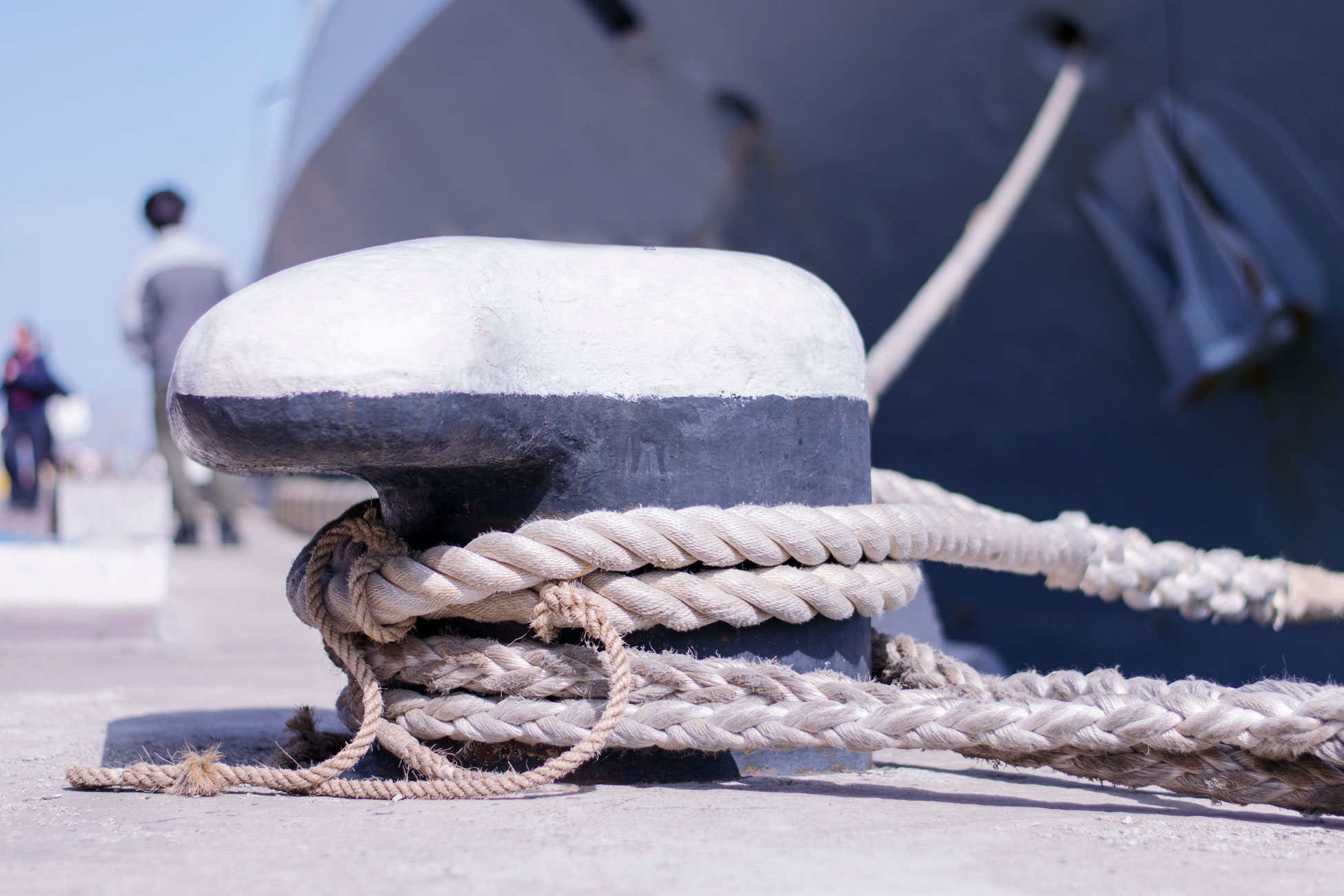
A vessel is moored when it is fastened to a stationary object such as a pier buoy or anchor. It is a crucial component of boating and marine activities and necessitates familiarity with the various mooring equipment and techniques.
The importance of Mooring
- Safety: Mooring is crucial for the ship’s and its passengers’ safety. A vessel that is properly secured is less likely to drift away or collide with other objects or vessels which could cause harm injury or even death.
- Protection: Mooring can shield the ship from wind current and wave damage. Additionally, it can stop the ship from drifting into dangerous locations like shallow waters.
- Convenience: Anchoring makes it simple to access the boat for repairs.
Types of Mooring Techniques
- Single Point Moorings: A single point mooring entails anchoring the boat to only one object. This method is often applied to smaller boats and works best in calm weather.
- Multi-Point Moorings: A multi-point mooring entails securing the boat to several different locations like a pier. In areas with strong currents and with larger vessels this method is frequently employed.
- Mediterranean Moorings: Using lines linked to the bow and stern of the boat a Mediterranean mooring fastens the craft to a pier or quay. This method is frequently applied in locations with little room and high traffic.

Types of Mooring Equipment
- Anchors: Anchors are used to anchor a ship to the ocean floor. They are available in many shapes and sizes such as plough flukes and mushroom anchors.
- Buoys: Floating items that can be used to anchor the vessel are called buoys. They are available in many shapes and sizes including as mooring buoys navigation buoys and marker buoys.
- Lines: To moor the boat to the mooring point utilise lines also known as ropes or hawsers. They are available in a variety of shapes and materials such as nylon polyester and polypropylene.
How to Properly Mooring a Vessel
- Select the Appropriate Mooring Technique: The mooring method to be utilised should depend on the size of the vessel the weather and the location.
- Use the Correct Equipment: The mooring equipment should be suitable for the vessel’s size weight and mooring place.
- Position the Vessel Appropriately: To ensure that the vessel is securely moored it must be positioned appropriately in relation to the mooring point.
- Secure the Lines: Using the proper knots and studs the lines should be firmly attached to the boat and the mooring point.
The numerous types of mooring equipment and techniques must be understood because mooring is a crucial component of boating and marine operations. It is crucial for the comfort and safety of the ship and everyone on board. A vessel must be properly positioned equipped and moored in order for the lines to be secured and the suitable mooring procedure to be used. You can guarantee a safe and effective mooring experience by adhering to these rules.







